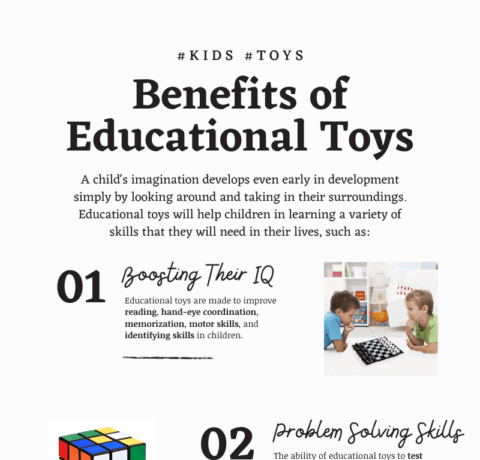Deeper Learning: 4 Components of the Theory of Action Infographic
Many school administrators, teachers and parents want the education provided to children to be high quality, rigorous and connected to the world outside the classroom. Teachers are trying to provide these elements in various ways, but a group of schools calling itself the “Deeper Learning Network” has codified some of what its members believe are essential qualities of deep learning (check out how students lead parent teacher conferences in this model). Some of the goals include learning designated content, critical thinking, communication skills, collaborating effectively and connecting learning to real-world experiences.
To better understand what schools in the Deeper Learning Network were doing differently, Monica Martinez and Dennis McGrath visited several schools and wrote a book about what they found: “Deeper Learning How Eight Innovative Public Schools Are Transforming Education in the Twenty-First Century.” They have also put together a guide to help interested educators create the conditions necessary to make this model thrive.
As the Deeper Learning: 4 Components of the Theory of Action Infographic shows, the model requires a big shift from traditional school and rests on positive school culture and collaborative professional teams of teachers who are committed to the vision of the school.
Deeper Learning, as described by the William and Flora Hewlett Foundation, is the means for teaching students to use their knowledge and skills in a way that prepares them for real life by mastering core academic content, such as language arts, history, math, and science. The students also learn how to think critically, collaborate, communi-cate effectively, direct their own learning, and believe in themselves. The book is intended to inspire parents, educators, and external stakeholders about what is possible and to provide examples of key strategies and common practices used by eight different schools to ensure students develop Deeper Learning (DL) outcomes.
The Planning Guide offers practical guidance on the conditions that have to be established for schools to truly change their practices to ensure students leave school with the sophisticated content knowledge and skills needed to be critical thinkers, problem-solvers, collaborators and communicators. It is our hope that the Guide, with its series of exercises and set of resources that demonstrate how schools can create the conditions that are necessary for Deeper Learning, will help you develop a strategic plan to transform your school.







You can adjust your cookie preferences here.